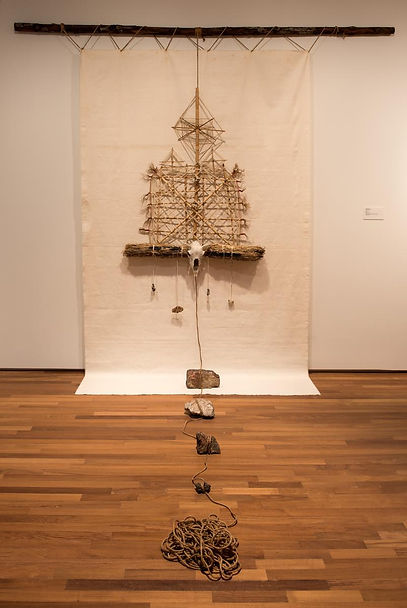
TaoisM
Upon arrival, attendees should greet the family and let them know that they would like to pay respects to the departed. While offering incense to the departed, it is customary to bow three times. You may also notice a bunch of red thread on the table. Tie one loosely around your finger and discard it only after the funeral before you enter home. There may also be coins wrapped in red paper. You may take one but spend this money immediately. Some funerals may also provide blessed or holy water. There will be buckets of clean water with flowers floating on top. You may use the water to perform a simple cleanse before heading home. When departing, you should do so quietly. It is believed that saying goodbye would invite the deceased to visit your home. Nevertheless, it is respectful to leave a dignified event quietly.
HINDUISM
When one pays their respects to the deceased, incense is often lit and offered at most Hindu funerals. This practice may be accompanied by chants and the symbolic lighting of a fire.
Hindu funerals often open caskets and attendees are welcome to view the body. As the body is considered sacred during this process, attendees will pray over the body, present flowers and even touch the feet of the deceased to receive blessings. Non-Hindus may present flowers as well but need not say the prayers.
iSLAM
Attendees should ensure that they are not in the way of any preparations. Muslims may join in with prayers, while non-muslims may wait outside or stay to listen. A silent prayer, a simple farewell, or a moment of silence is appropriate to pay respects to the deceased.
Making A Living From Death | Sarah The Embalmer
2020
Video
6 min 19 s
The embalming of the body is an important procedure for those who hold wakes before the funeral. Sarah Ang has embalmed over 3000 bodies in 7 years.
Credit: Video from Youtube Channel "MOSG"

Stone funerary epitaph
618-906 CE
Stone (Worked Rock)
L35 x W34.5 x H5.7 cm
Collection of Asian Civilisation Museum
Stone funerary epitaphs are usually constructed to show filial piety as it usually reflects the sincerity of the deceased family members or more specifically the son(s) of the deceased.
Credit: Picture from Roots.sg

A funeral with an open coffin
1937
Black and White Photograph
15.3 x 20.2 cm
Collection of National Museum of Singapore
An open coffin setup is common in most religions. Flowers are sent to the grieving family, imparting their condolences - such as lilies and chrysanthemums in white or yellow.
Credit: Picture from Roots.sg

Untitled
1910s or 1920s
Gelatin Silver Print
35 x 41 cm
Collection of Peranakan Museum
A photograph of a group of mourners surrounding a coffin dressed in white. For Hindus, it is advised to avoid wearing bright colours.
Credit: Picture from Roots.sg

Muslim Cap
1920 - 1930
Cotton
107 x 96 cm
Collection of Peranakan Museum
Plain black clothes were worn during the mourning period of about 3 years, such as a cotton sarong. This is worn alongside a black kebaya and dark coloured beaded slippers.
Credit: Picture from Roots.sg
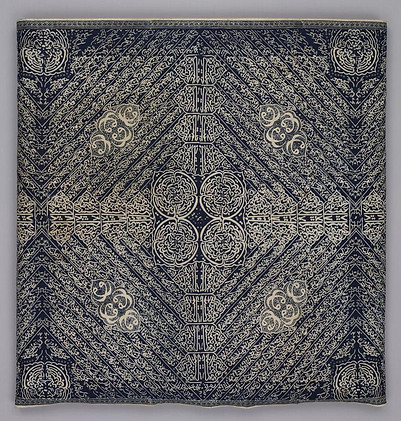
Spirit Trap
1990
Mixed Media
50 x 30 x 14 cm
Collection of Singapore Art Museum
Spirit Trap contains much Muslim symbolisation. The hanging cloth for one is a reference to the pall cloth used to cover Muslim coffins.
Credit: Picture from Roots.sg by Salleh Japar
A Friend In Death: He Buries Singapore's Lonely Elderly Poor With No Family
2019
Video
8 min 10 s
While we rarely attend funerals of a religion that is not ours, Lim Hang Chung is familiar with the practises of other religions and arranges funerals for those who can’t.
Credit: Video from Channel News Asia Insider
Graphical Flow for Chinese Funerals in Singapore
2014
Graphic/Infographic
15.8 x 22.4 cm
Collection of Singapore Art Museum
This “all you need to know” infographic discusses the proper etiquette to observe so that one who has never attended a Toaist would not feel so out of place.
Credit: Picture from After Life Matters Singapore, by Victor Goh
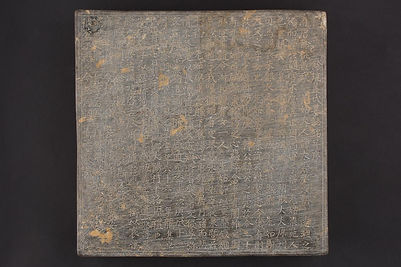
Blue-and-white soup spoon
19th-20th centuries
Porcelain
H4.5 x W11.5 x D3.9 cm
Collection of Asian Civilisation Museum
White and blue are usually the traditional mourning colours of most Taoists - which are the colours used in their dining ware that is used as funeral ceremony offering.
Credit: Picture from Roots.sg

Sandals used in Tiandihui initiation ceremony
Early 20th Century
Straw (plant material)
Collection of National Museum of Singapore
Straw sandals were once used to symbolise a symbolic leap across the river of hell; today, they are worn by male descendants of the deceased at funerals.
Credit: Picture from Roots.sg
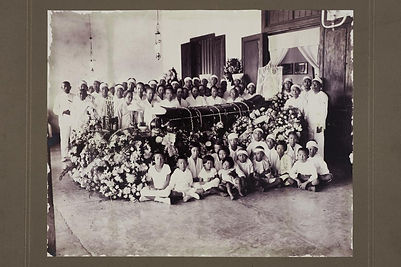
Muslim Cap
20th Century
Cloth
13 x 26 cm
Collection of Indian Heritage Centre
Muslim caps are usually worn during prayers by the male to show respect.
Credit: Picture from Roots.sg
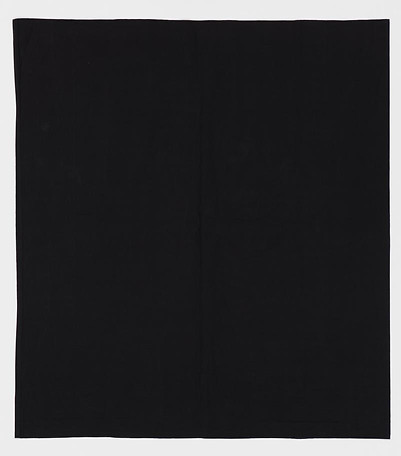
Calligraphic Batik Cloth
Early-mid 20th century
Cotton
H262.5 x W89 cm
Collection of Asian Civilisation Museum
These are for ceremonial and talismanic purposes - attributing with sacred, protective and occasional supernatural powers and often used in battle or illness, or when divine guidance was required.
Credit: Picture from Roots.sg
